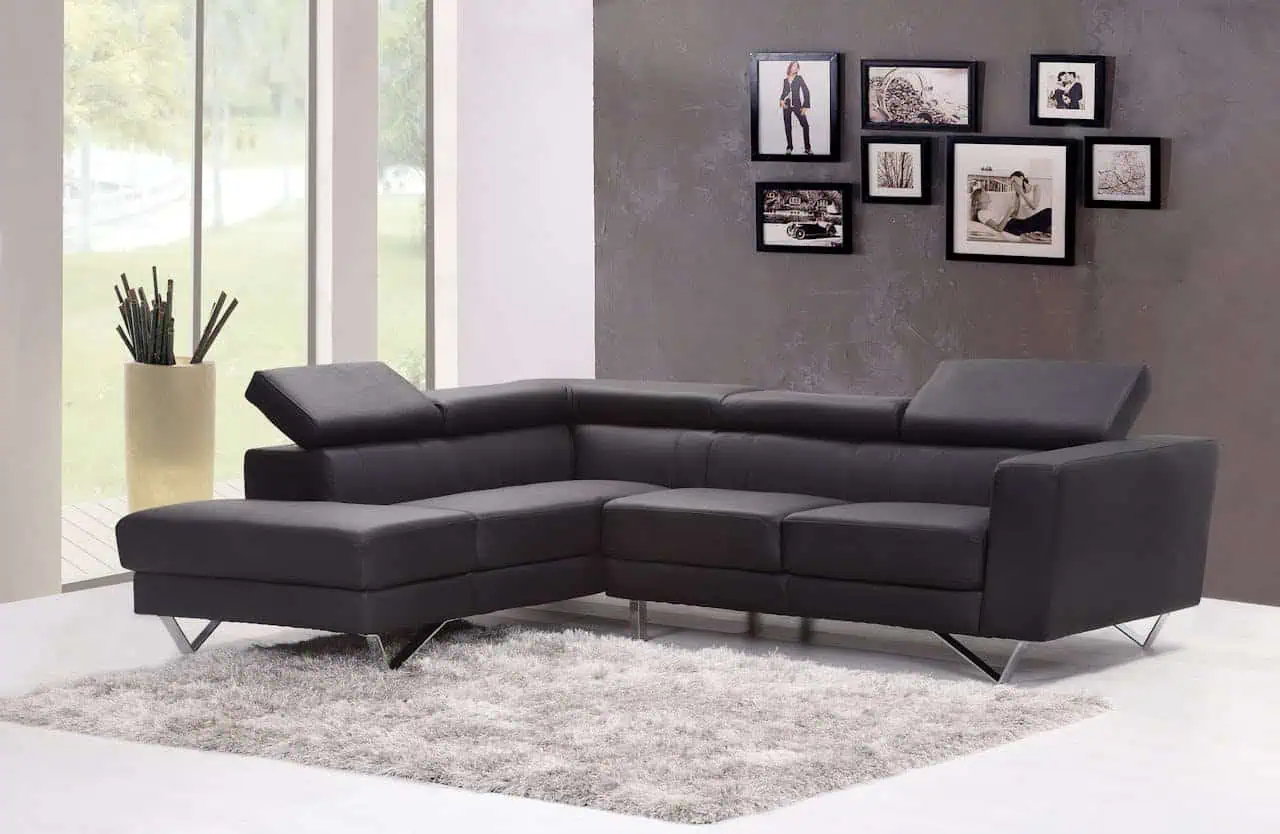Recent research data has revealed significant shifts in furniture specification trends, with implications for spatial planning and architectural design.
The data reveals that sofa beds command 301,000 monthly searches, indicating a substantial shift in how residential spaces are being conceived and utilised. This trend holds particular significance for architects and designers working on residential developments, especially in urban settings where space optimisation is crucial.
Spatial Planning Impact
Analysis conducted by furniture specialists Furniture Village demonstrates evolving requirements in residential space utilisation, with multi-functional furniture solutions dominating search patterns across the UK.
Notably, the search patterns suggest a growing emphasis on adaptable living spaces, with implications for both new builds and renovation projects. The research indicates that corner sofas, generating 165,000 monthly searches, are increasingly specified as architectural elements that define spaces within open-plan layouts.
Technical Considerations
The specification data presents several key considerations for architectural planning. Modular seating solutions, accounting for 27,100 monthly searches, demonstrate increasing demand for flexible spatial arrangements. This trend particularly impacts the initial planning stages of residential projects, where space allocation must account for furniture configurations that can adapt to multiple uses.
Traditional elements like Chesterfield designs maintain significant specification interest with 33,100 monthly searches, suggesting continued demand for classical proportions in contemporary settings. This data point holds particular relevance for projects involving period properties or traditional architectural elements.
Integration with Contemporary Architecture
The research demonstrates evolving approaches to furniture integration within architectural spaces. Modern specifications increasingly treat furniture as integral elements of spatial design rather than purely movable components. This shift is evidenced by the high search volumes for corner configurations, which effectively function as semi-permanent room dividers in open-plan arrangements.
The data indicates that specifications now commonly include consideration for:
The integration of multi-functional elements within spatial layouts has significant implications for electrical planning, lighting design, and HVAC considerations. The research suggests that architects are increasingly required to consider furniture placement at the initial design stage, particularly in relation to technical services and spatial flow.
Specification Trends Analysis
Contemporary architectural practices are witnessing a marked shift in client requirements regarding furniture integration. The research indicates that specification patterns now heavily favor adaptable solutions, with implications for:
Structural loading calculations for multi-functional pieces Service placement optimisation for flexible layouts Spatial planning for convertible furniture systems Technical requirements for modular configurations
Material Specification Considerations
The data reveals ongoing evolution in material specifications, with velvet finishes generating 9,900 monthly searches. This trend holds implications for acoustic planning and environmental considerations within residential spaces.
Technical Implementation
Architectural practices implementing these findings should consider several key factors during the specification process. The research suggests that successful integration of contemporary furniture solutions requires careful consideration of spatial volumes, circulation patterns, and technical service provision.
Future Specification Considerations
The data indicates several emerging trends that will impact future architectural specifications. Modern sofas (4,400 searches) and recliner mechanisms (3,600 searches) suggest growing technical complexity in furniture integration requirements.
Professional Implementation
For architectural practices, the implications of this research extend beyond mere furniture placement. The data suggests a need for integrated approach to spatial design that considers furniture specifications from the initial planning stages through to technical service provision.
Technical Documentation
The research provides valuable insights for technical documentation preparation. Specification writers should note the increasing requirement for flexible space utilisation and its impact on technical schedules and room data sheets.
Specification Integration
The data emphasises the importance of early furniture specification integration in the architectural design process. This approach ensures optimal space utilisation while maintaining technical compliance and functional efficiency.
This analysis provides valuable insights for architectural practices engaged in residential design and specification. The trends identified suggest a need for increased integration between furniture specification and architectural planning, particularly in projects where space optimisation is a key consideration.

